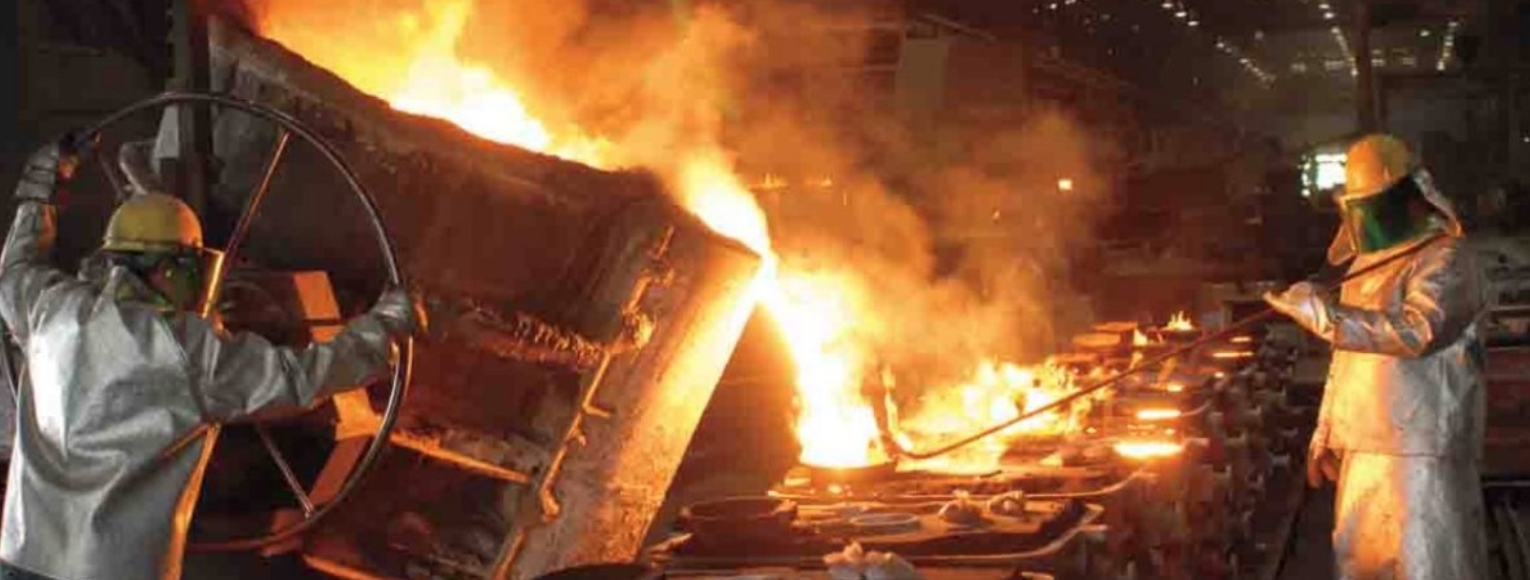
Sand casting’s versatility makes it an integral part of industrial applications across a wide array of sectors. This adaptability is rooted in its simple yet effective process, capable of producing parts ranging from small components to large machinery pieces. Here’s a deeper look into how sand casting serves various industrial applications:
Automotive Industry
- Engine Parts: Produces complex parts like engine blocks and cylinder heads.
- Chassis Components: Ideal for large, robust parts such as chassis frames.
- Aftermarket Parts: Facilitates the manufacturing of custom and replacement parts.
Aerospace and Aviation
- Turbine Components: Perfect for crafting intricate, high-precision turbine parts.
- Structural Elements: Used for large, sturdy components of aircraft.
- Lightweight Alloys Casting: Compatible with sand casting lightweight and strong aerospace materials.
Construction and Heavy Machinery
- Machine Parts: Suitable for sand casting heavy-duty parts like gears, pulleys, and housing.
- Infrastructure Components: Produces large structural components like beams and frames.
Marine Industry
- Ship Parts: Essential in making large parts like propellers, anchors, and rudders.
- Corrosion-Resistant Castings: Can use alloys that withstand harsh marine environments.
Rail Industry
- Rail Components: Creates robust parts such as wheels, couplings, and brake components.
- High Durability Requirements: The process lends itself well to products that require high strength and wear resistance.
Energy Sector
- Wind Turbine Parts: Useful for large parts like turbine housings and gears.
- Oil and Gas Equipment: Produces heavy-duty parts for drilling and extraction machinery.
Art and Design
- Sculptures and Decorative Items: Sand casting is popular in the art world for bronze casting and creating intricate designs.
- Customized Creations: Offers flexibility in design for unique artistic projects.
Electronics and Telecommunication
- Enclosures and Frames: Suitable for creating heat sinks, enclosures, and frames for electronic components.
- Large Scale Production: Efficient for mass-producing metal parts for electronic devices.
Medical Equipment
- Surgical Tools and Devices: Can be used for specialized medical equipment and instruments, offering the required precision.
Defense and Military
- Military Hardware: Produces robust parts for military vehicles and weapons.
- Custom and Heavy Parts: Ideal for one-off or heavy components needed in defense equipment.
Advantages of Sand Casting in Industrial Applications
- Flexibility in Size and Complexity: Can create parts of almost any size and complexity.
- Cost-Effective for Small Batches: Particularly economical for small to medium-sized production runs.
- Wide Range of Materials: Compatible with a vast array of metals and alloys.
- Ease of Production: Relatively straightforward and does not require highly specialized equipment.
Future Developments
- Technological Integration: Incorporation of 3D printing and automation is further enhancing its capabilities.
- Material Science Advancements: Ongoing research into new alloys and sustainable materials is broadening its applications.
- Process Improvements: Efforts to enhance the precision, strength, and environmental sustainability of the sand casting process continue.
The versatility of sand casting, underscored by ongoing technological and material advancements, ensures its continued relevance and adaptability across various industrial sectors, meeting diverse and evolving demands.
